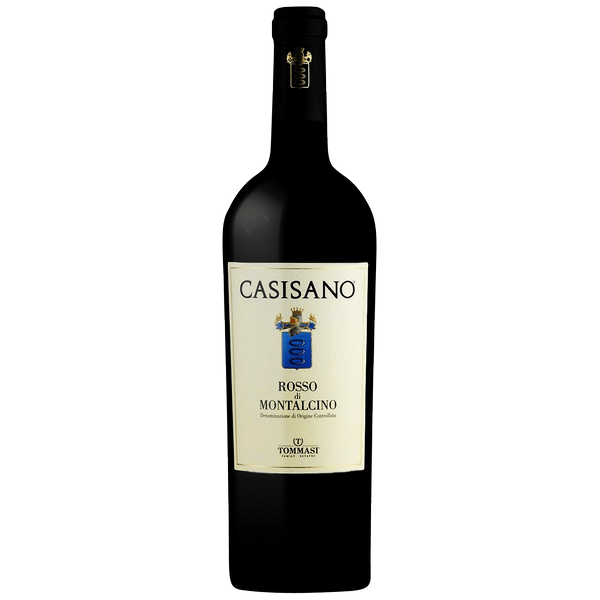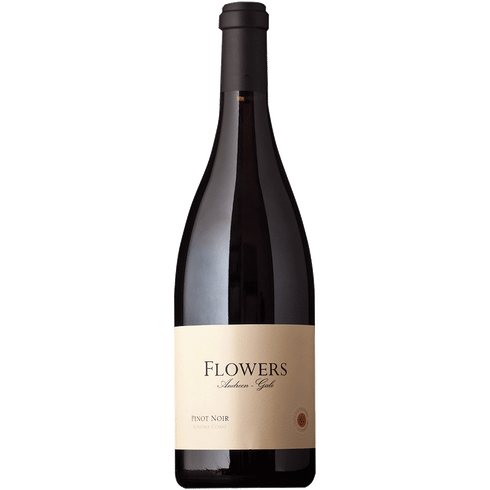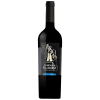-
×
 2021 Tania & Vincent Careme Swartland Chenin Blanc Terre Brulee 750ML
1 × $15.99
2021 Tania & Vincent Careme Swartland Chenin Blanc Terre Brulee 750ML
1 × $15.99 -
×
 2020 DeMorgenzon Chenin Blanc Reserve Stellenbosch 750ML
1 × $41.99
2020 DeMorgenzon Chenin Blanc Reserve Stellenbosch 750ML
1 × $41.99 -
×
 2019 Massolino Barolo
1 × $66.00
2019 Massolino Barolo
1 × $66.00 -
×
 2019 Fontanabianca Barbaresco DOCG
1 × $50.00
2019 Fontanabianca Barbaresco DOCG
1 × $50.00 -
×
 2021 Vineyard 29 Cru Cabernet Sauvignon
1 × $44.99
2021 Vineyard 29 Cru Cabernet Sauvignon
1 × $44.99
2016 Casisano Rosso Di Montalcino
2016 Casisano Rosso Di Montalcino Intense ruby in color, it opens to the nose with an elegant complexity with characteristic aromas of fresh red fruit and spicy notes. Harmonic to the taste, it in fact has a great tannic structure and an excellent acidity; it presents an excellent and long aromatic persistence both on the nose and in the mouth, with marked characteristics of elegance and minerality, all elements of extraordinary longevity.
The Casisano Rosso di Montalcino is a red-fruited, traditional Sangiovese that comes from vineyards nestled in the southern hills of one of Italy’s most renowned wine producing areas, midway between the towns of Sant’Angelo in Colle and Castelnuovo dell’Abate in the heart of Montalcino. The wine is a classic expression of Sangiovese Grosso, the Sangiovese clone used to make both Rosso and Brunello di Montalcino.
Faithful representation of terroir and traditional winemaking methods are a high priority for the Tommasi family, who purchased the estate in 2015. Both the vine training system – single spurred cordon – and the fermentation process – 15 days in temperature-controlled stainless steel tanks followed by aging in Slavonian oak barrels – are the traditional methods of cultivating the vines and aging the wines. The result is a lively and elegant wine with a round medium body and soft, velvety tannins that perfectly reflects Montalcino’s unique terroir.
Red wine
Red wine has been prevalent since prehistory (the period before written records) as winemaking originated and spread throughout the world. In this case, “red blend” refers to any red wine that contains more than one red grape variety in the final product, though certain red blends can have their own designation as varietal wines despite comprising multiple grapes.
For much of the history of European wine, red blends were in fact more common than single varietals, as winemaking was typically region-centric and featured grapes consolidated from vineyards across a given area. One famous example of this practice is the Bordeaux blend, which originated in the 18th or 19th century and usually comprises Cabernet Sauvignon, Merlot and Cabernet Franc.
Though prominent red blends such as Bordeaux still remain popular, many red blends have been associated with lower quality due to the assumption that the term indicates cheaper table wines. However, many high-quality wine producers still elect to produce red blends, and these wines can in fact offer many unique and delicious flavors due to the winery’s ability to custom design the profile of their product.
Related products
Deal
Wines!
Wines!
Free Shipping Mix and Match Case of 12 Wine
SAVE 44 % 97pts LM 95Pts Vinous
Deal
Wines!
Wines!
95pts JD 94+pts Parker 94pt Vinous
$36.40
2019 Ca’ del Baio Autinbej Barbaresco DOCG 2019 Ca’ del Baio Autinbej Barbaresco DOCG is a deep garnet red with reflections of old pink. The nose is an intense, fruity aroma reminiscent of raspberries, jam, and violets that give an ethereal feeling accompanied by sweet spicy notes and hints of cocoa. In the mouth, Autinbej is [...]
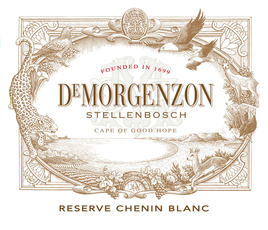 2020 DeMorgenzon Chenin Blanc Reserve Stellenbosch 750ML
2020 DeMorgenzon Chenin Blanc Reserve Stellenbosch 750ML  2019 Massolino Barolo
2019 Massolino Barolo 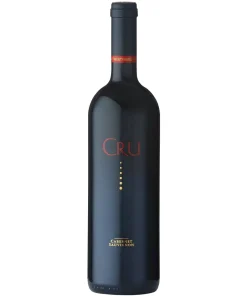 2021 Vineyard 29 Cru Cabernet Sauvignon
2021 Vineyard 29 Cru Cabernet Sauvignon 